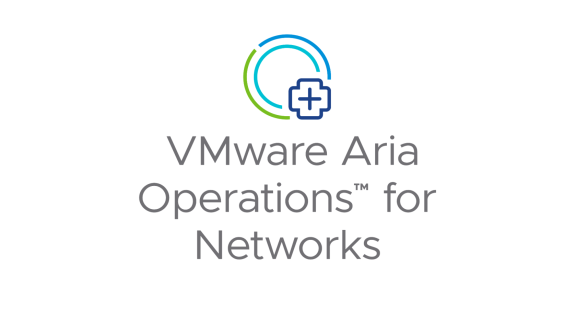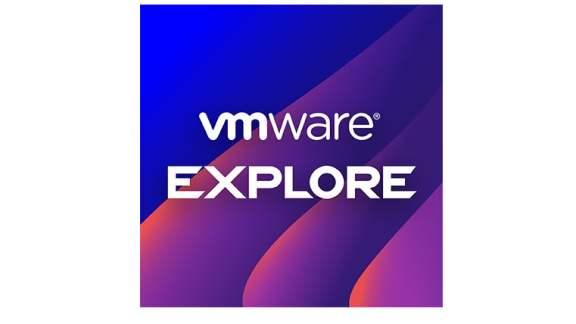In the face of macro economic turbulence, CFOs are taking an extra close look at operating expenses. According to Gartner and IDC, most areas of IT are feeling the squeeze, but cloud spend looks like it might be an exception. The need to accelerate digital transformation is motivating many companies to move faster and spend more on cloud services, but that doesn’t mean spending on cloud should go unchecked.
Ask these 4 questions to see if you’re optimizing cloud spend
As CFO (or someone that answers directly to the CFO), if you want to ensure your cloud center of excellence team is on the top of their game, here are four probing questions to get the conversation started:
1) How do we stack up against our industry peers?
Benchmarking doesn’t tell you everything, but it can be a useful tool to indicate whether you’re running a best in class organization. For Cloud Center of Excellence (CCoE) teams, pulling together benchmarking data can be a bit of guesswork. If you’re interested in a high level comparison of your cloud maturity, you can take our online maturity assessment. Or, if you’re an existing CloudHealth customer and you want more specific benchmarking data, we can help your CCoE team benchmark your organization against other companies in the same industry with similar cloud spend along a variety of metrics, such as cloud spend as a % of revenue. While you might be tracking above or below peers for specific reasons the team can articulate and justify, what you’re really looking for is whether or not your team is tracking performance against industry benchmarks to drive a culture of continual improvement.
2) How have we evolved our RI/Savings Plan strategy in light of the economic impact of COVID?
There are no one-sized fits all prescription for how companies need to evolve their Reservation/Savings Plan strategies in light of broader economic turmoil. In fact, some industries like online education platforms and gaming companies are seeing explosive growth while others, like hospitality are facing massive contraction, but understanding whether or not your strategy entering 2020 still holds up in light of changes is an important question to ask. Since many organizations don’t have long-term visibility into their spend or usage, they are opting for more flexible options such as Compute Savings Plans. Similarly, one key theme we’ve noticed is a shift to short term RIs or Savings Plans, going from 3 year to 1 year. Still others are relying on other cost-saving techniques that don’t require any long-term commitment, such as rightsizing, lights-on/lights-off, and Spot.
3) What are the biggest barriers to realizing savings?
Your team might say, the savings just aren’t there. If you’ve got strong visibility, optimization, and governance best practices in place, maybe that answer is good enough. If you probe and the answers feel thin, though, then it might be time to ensure your teams have the tools they need to identify savings and further optimize your cloud investments.
More common than “there are not savings” though, what we hear from customers there is a ton of opportunity, but the effort to capture those savings outweighs the dollar savings. But in periods of economic uncertainty, that value equation might change. As CFO, it’s your job to set the tone. Are you willing to have your teams invest the effort to save $X, if it means pulling developers off of building new products and services? If your business has been negatively impacted by economic headwinds, maybe those cost savings efforts can help stave off more drastic cost cutting measures.
4) How confident are we in our security posture?
If you’re thinking “I thought this article was about cost savings, not security.” Well, keep in mind that cloud misconfigurations cost enterprises millions of dollars every year, but even just counting the dollars and cents of security breaches doesn’t capture the full economic impact. As Forrester points out, that type of thinking is “one-dimensional and limiting and masks a great opportunity to use security to significantly boost profits.” Forrester very astutely points out that “Security touches every part of your business: internal processes like hiring and managing employees and using data for business and customer insights; external processes like supporting customers throughout their journeys and expanding into new markets; and delivering core products and services.”
That’s why when the CloudHealth team talks about “cloud maturity” we’re looking across three pillars: Financial Management, Operations, and Security. For a truly robust cloud strategy that drives the most value to your bottom line, it’s important to tackle all three. Read more about our Cloud Security Best Practices here.
The key take-aways here are that if you aren’t asking the questions, you should be. Cloud financial management isn’t about cutting to the bone – it’s about being diligent about how money is spent so that you can invest the most in innovating, customer success, and driving growth.







